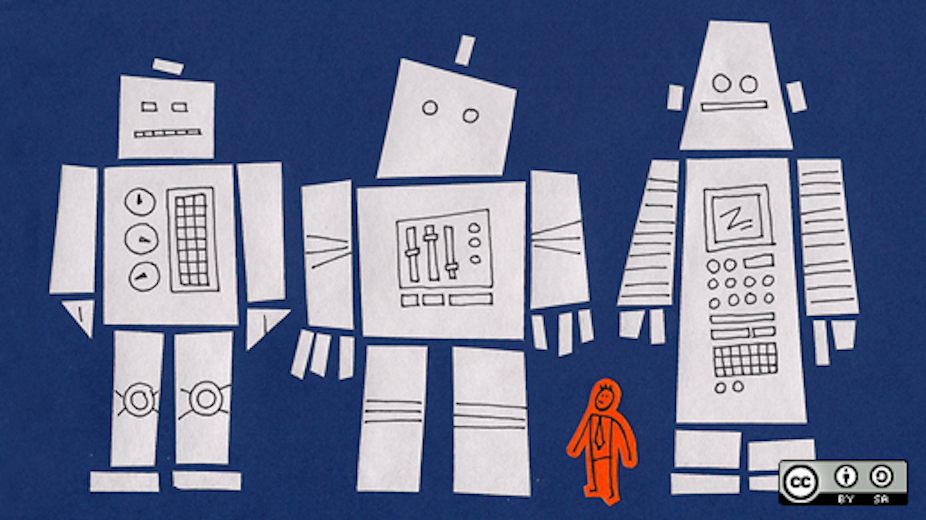What would the software industry look like without patents?
It’s a question worth asking in the context of Apple’s recent body blow to Samsung, which will see Samsung’s Galaxy Tab 10.1 kept off Australian shelves, at least until the Full Court has heard the appeal.
The patent wars have been raging for the best part of a year and involve some of the biggest companies in technology (Apple, Google and Microsoft for a start). Those watching this instalment might wonder what all that arguing has to do with innovation. Isn’t innovation what patents are all about?
In theory, the patent system is an important mechanism for benefiting society through the encouragement of innovation, not litigation.
To see how the world might look without software patents, you don’t have to look too far.
Those who believe that, in the words of former US Supreme Court judge Oliver Wendell Holmes, Jr, “a page of history is worth a volume of logic”, can look back to the not-too-distant past. After all, software hasn’t been around that long.
The first known use of the word “software” in print was in 1958, and a fledgling software industry only took root in the mid-1960s.
A US President’s Commission looked at the patentability of software in 1966. It recommended Congress pass laws excluding software from patentability. Minimal patenting of software seems to have started in the 1970s, although it wasn’t really until the 1980s that it began in earnest.
In Australia, it wasn’t until 1991 that a court first considered the patentability of software, although the Patent Office had changed its early position against software patents to match the US position the year before.
For at least the first 20 years of the software industry, software patenting was only a fringe activity.
It follows that the early software advances, upon which many of today’s innovations depend, were established almost entirely without the assistance of patent incentives. One key example was the development of Unix in 1972.
The importance of Unix, one of the first open, flexible operating systems, cannot be understated. Unix-like operating systems live on today in Mac OSX, GNU/Linux distributions, and even Android smartphones.
The ethos of sharing that characterised the early years also lives on in the Free and Open Source Software communities. GNU/Linux, a project begun in 1983 by Richard Stallman, has a user-base that runs into the millions. GNU/Linux web servers power an estimated 40% of websites on the internet.
So how does anybody make money? There are a couple of options. Some open source vendors, such as Red Hat, treat software as a commodity, and distinguish themselves by offering superior support and customisation services.
Another option is the “freemium” model, used by SugarCRM among others, whereby the core of the product is released as an open source product. Extensions to the basic functionality are kept closed source, and sold to willing customers.
The Android operating system uses a variety of this model. The core is GNU/Linux, but Android depends on a number of extensions controlled exclusively by Google (although that is about to change).
Free and open source software communities view patents as a threat. That’s why the GNU Public Licence, perhaps the dominant free software licence, has an anti-patent clause. Patent settlements pursued by Microsoft against GNU/Linux, and of course the battle between Apple and Android, show the threat is very real.
This is why open source communities were so involved in resisting the EU Software Patent Directive in 2005.
The existence of these islands of patent-free innovation suggest we should be cautious of accepting the idea that patents create innovation. For software at least, the link is doubtful.

